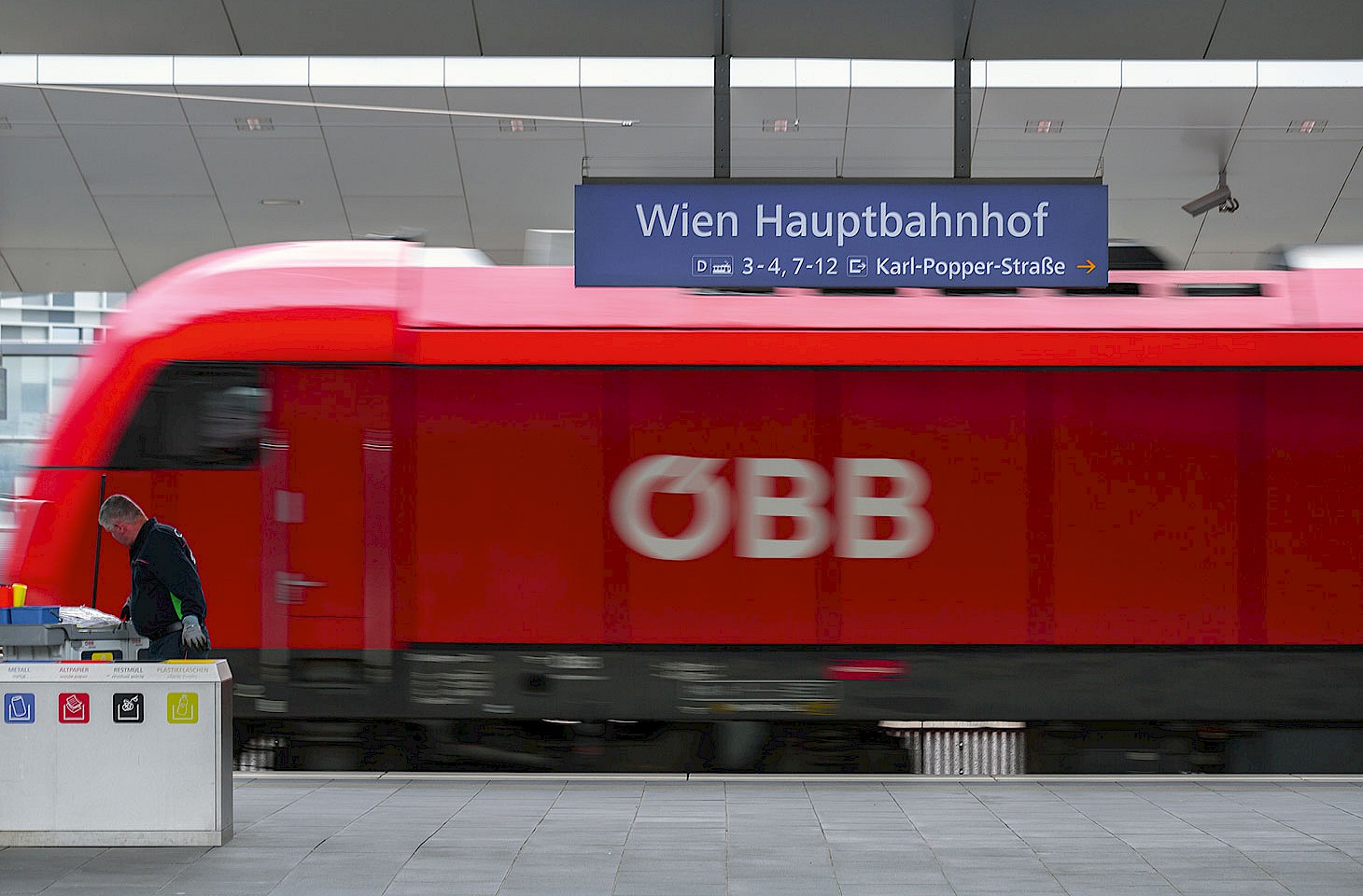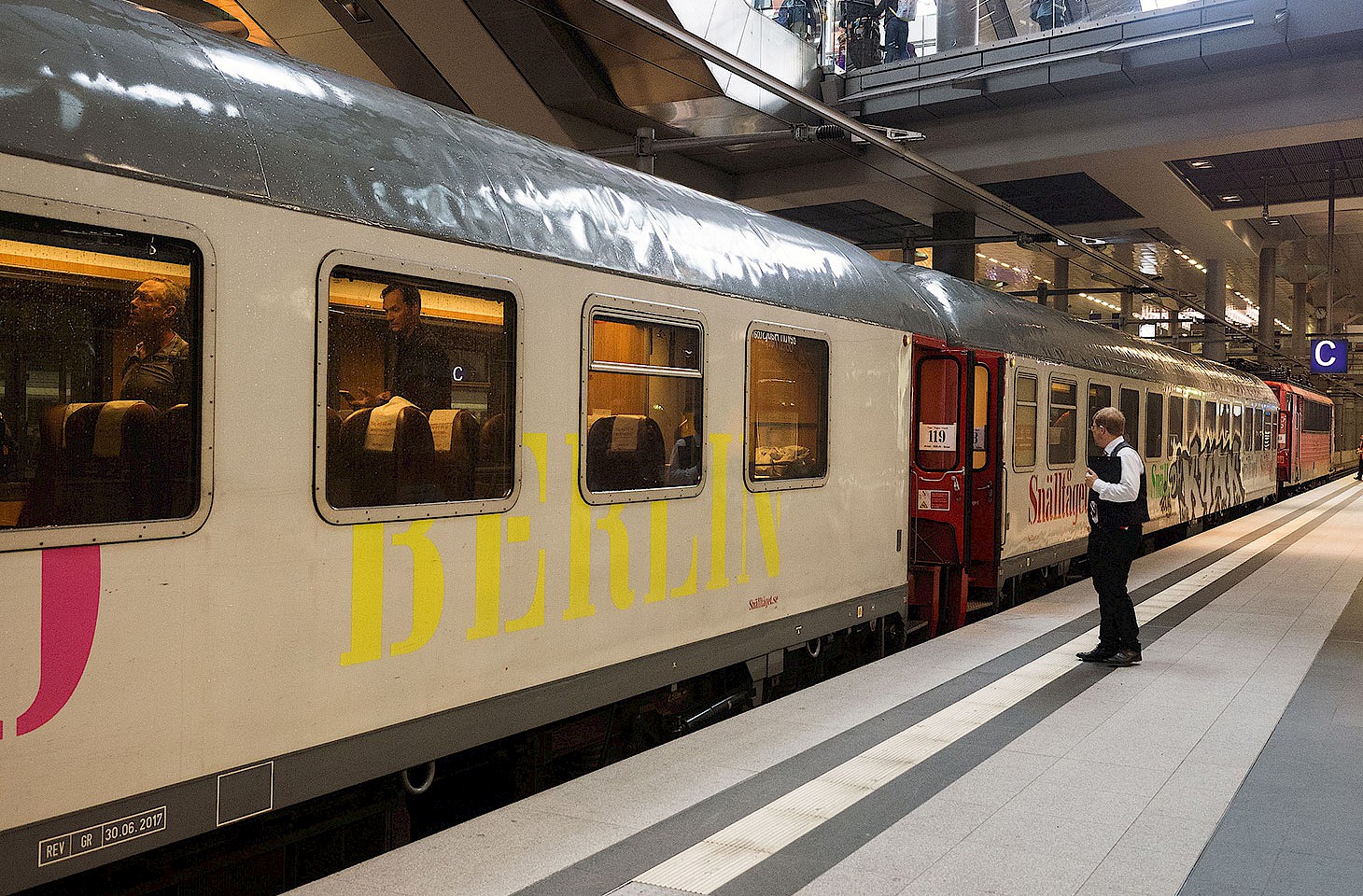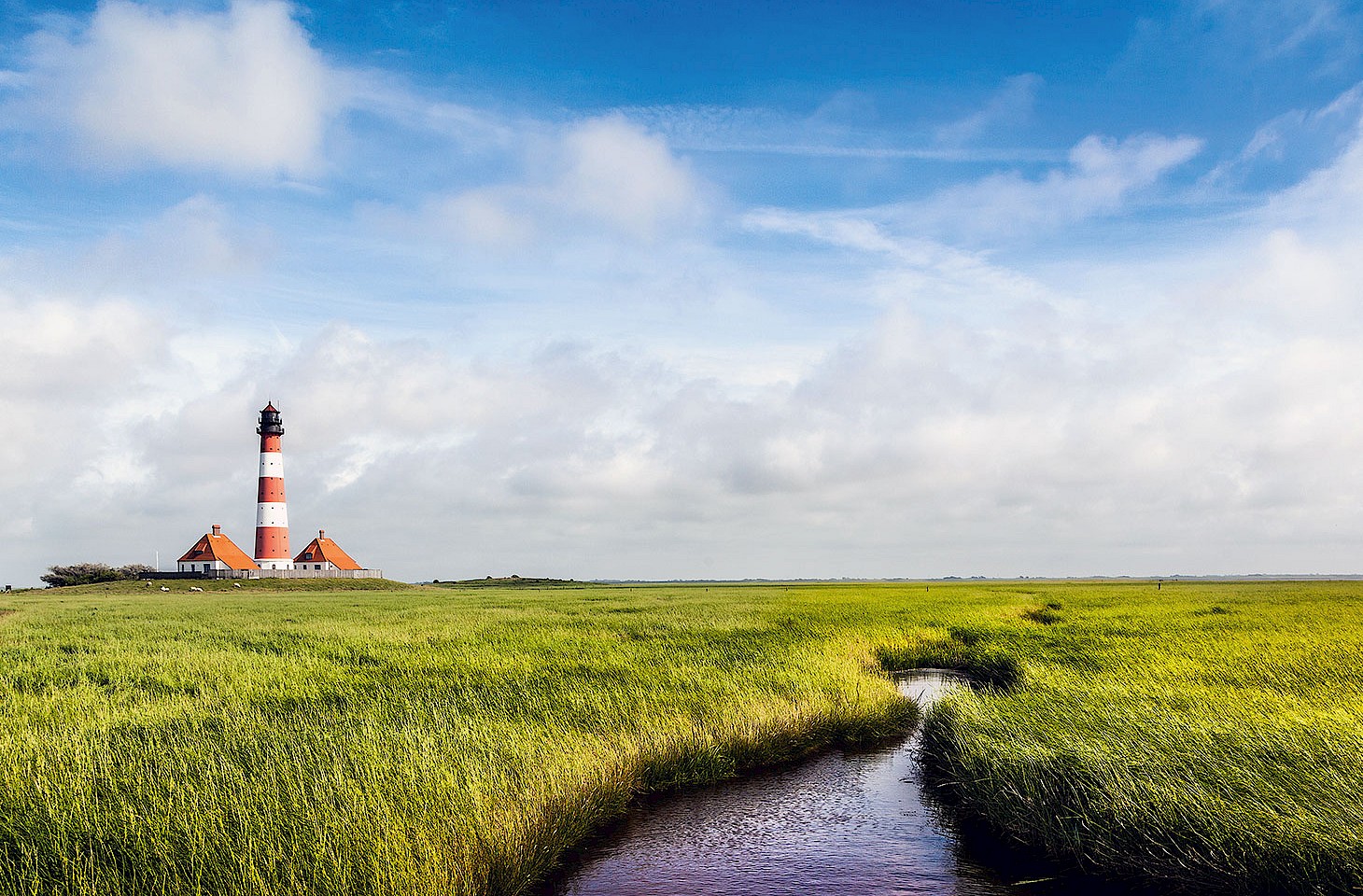We are not sure that any living soul has ever driven either the E30 or the E55 from end to end, but if they have, we would certainly like to hear from them. The E30 must be among the longest highways in the world, and the E55 is no trifling byway either. Indeed it ranks as one of Europe's prime north - south routes. Both highways converge from different directions near Berlin, briefly share a few kilometres of the city's southern ring, then go their separate ways again.
A half hour sitting by the side of that cardinal artery is enough to spot the licence plates of a dozen or more European countries: whether it be Finland or Moldova, Belarus or Bulgaria, the shared stretch of the E30 and the E55 provides fertile ground for those of more nerdish inclinations. But somehow, number plates aside, these two roads between them seem to sum up what hidden europe is all about.
Where does the E30 actually go?




